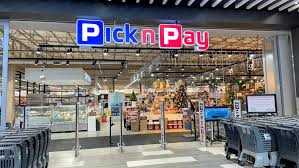
Gilbert Munetsi
Zim Now Writer
South African shoppers are witnessing a dramatic shift in the retail landscape as Pick n Pay, one of the country’s largest supermarket chains, continues to shutter underperforming stores in a bid to stabilize its financial footing. The company’s restructuring strategy, spearheaded by CEO Sean Summers, is aimed at revitalizing the brand, even as competitors move quickly to fill the void left behind.
A Struggling Giant
In a recent trading update for the 45 weeks ending January 5, 2025, Pick n Pay reported a 0.1% decline in sales across South Africa. The slight dip may seem minor, but it follows a pattern of underperformance that has forced the retailer to take bold corrective measures. The closure of 32 supermarkets—including 24 company-owned stores and 8 franchises—had a significant impact on sales, though the company insists the move is necessary for long-term sustainability.
The broader strategy, unveiled by Summers upon his return to the helm in 2024, involves closing or converting 112 stores. Under the plan, 35 underperforming outlets will be permanently shut, while 70 others will be rebranded as Boxer stores, a format that has been gaining traction in South Africa’s price-sensitive market.
“We are making tough but necessary decisions,” Summers stated. “Some stores are in areas that no longer align with our target customer base, while others are simply unviable due to market shifts. We have to focus on the future.”
A Competitive Retail Landscape
Related Stories
The closures have left vacancies in shopping centers across the country, creating opportunities for competitors like Shoprite and Checkers. Property group SA Corporate Real Estate has already announced plans to replace former Pick n Pay stores with new tenants, primarily from these rival brands. As a result, the company must act quickly to ensure it retains its foothold in key locations.
Despite the store closures, Pick n Pay’s like-for-like sales—excluding the impact of the downsizing—showed a 1.9% increase. While this figure is still below internal price inflation of 2.4%, the improvement is a sign that Summers’ turnaround efforts may be taking effect. In the final 19 weeks of the reporting period, like-for-like sales momentum further improved to 3.0%.
Learning from Past Mistakes
A key misstep that Pick n Pay is now correcting is its QualiSave experiment. Launched in 2022 to cater to lower-income shoppers, the concept ultimately failed to resonate with consumers. Summers acknowledged that the shift toward QualiSave diluted Pick n Pay’s core brand identity, alienating some of its middle-income customers.
“We had a misguided approach with QualiSave,” Summers admitted. “Customers were offended by the changes, and they made it clear they wanted their Pick n Pay back.”
In response, the company is scrapping the QualiSave concept and focusing on a two-brand approach: Pick n Pay for middle-income consumers and Boxer for the lower-income segment. This strategy aims to play to each brand’s strengths while ensuring Pick n Pay does not lose its loyal customer base.
The Road Ahead
As Pick n Pay navigates these changes, its leadership remains confident that the restructuring will position the brand for future success. The company is betting that by focusing on its strengths and streamlining its operations, it can regain its competitive edge in an increasingly challenging retail environment.
For South African consumers, the shifting retail landscape means saying goodbye to some familiar stores while adapting to new shopping options. Whether Pick n Pay’s bold moves will pay off remains to be seen, but one thing is clear—the retailer is not backing down from the fight to stay relevant in South Africa’s dynamic marketplace.
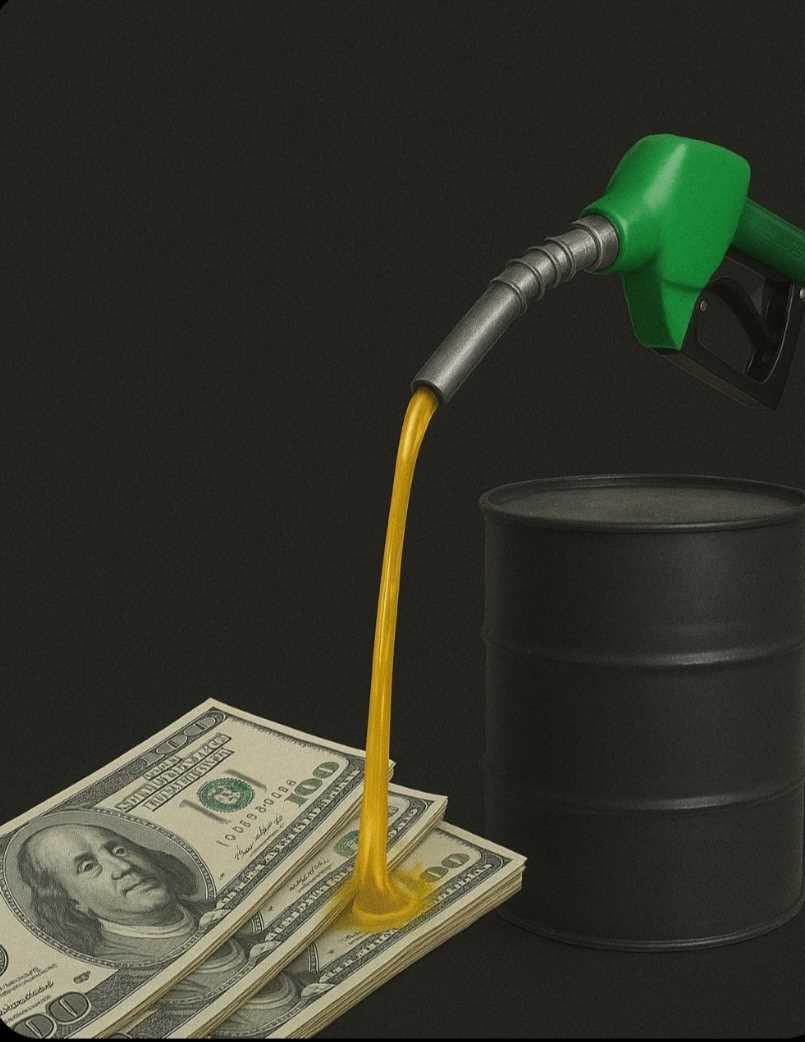





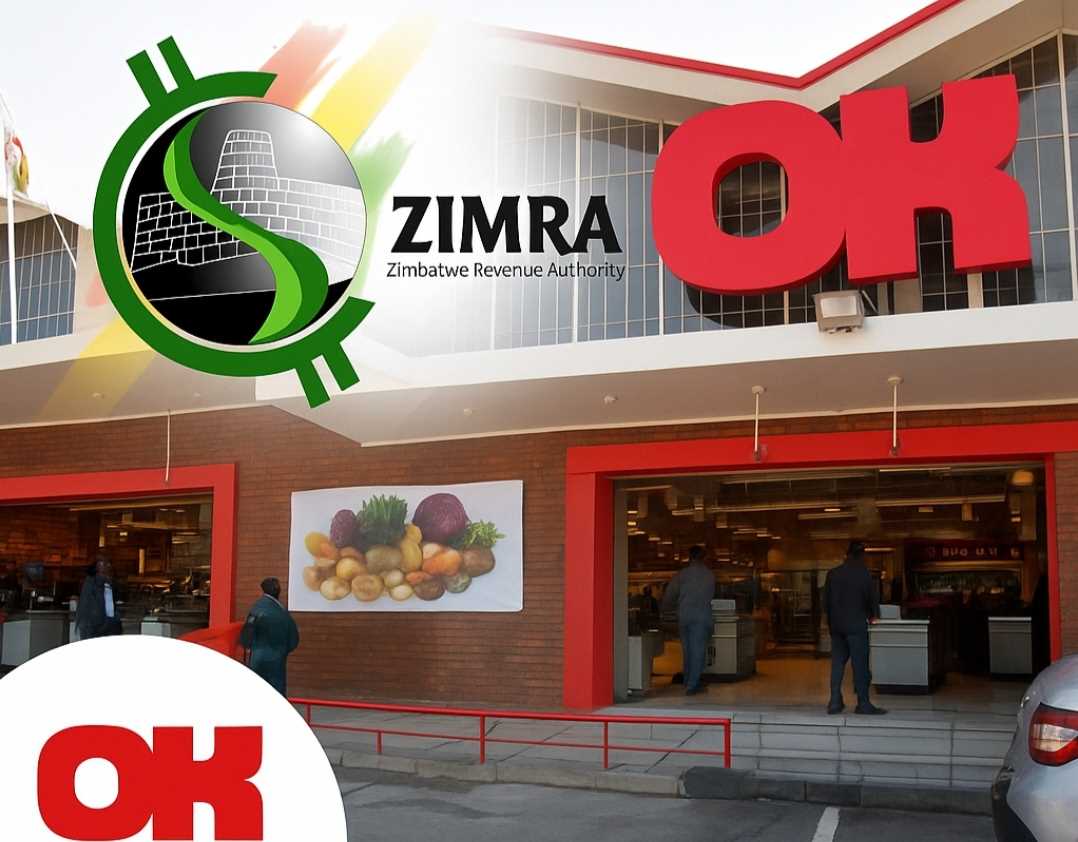




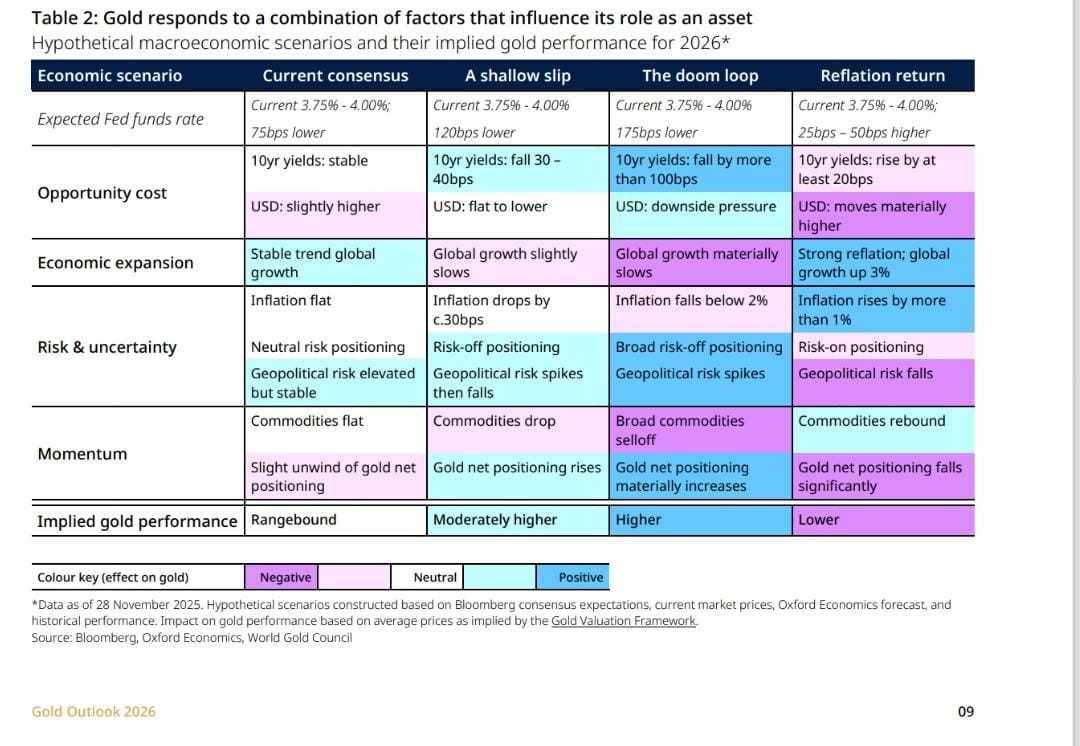


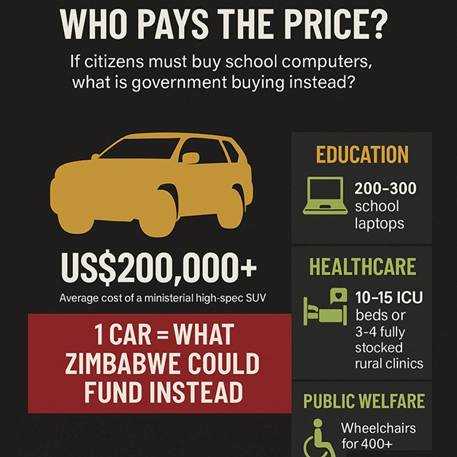
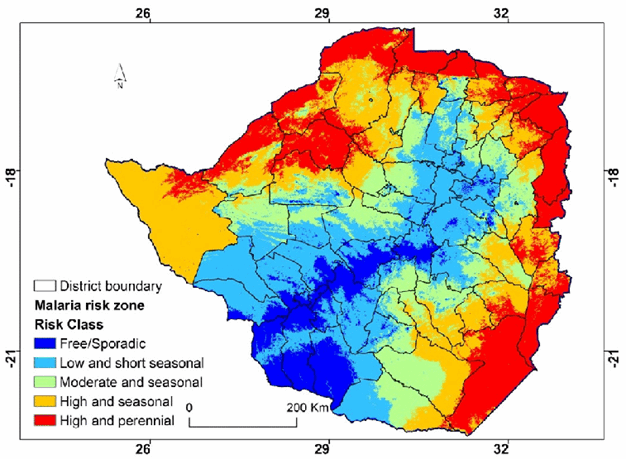



Leave Comments